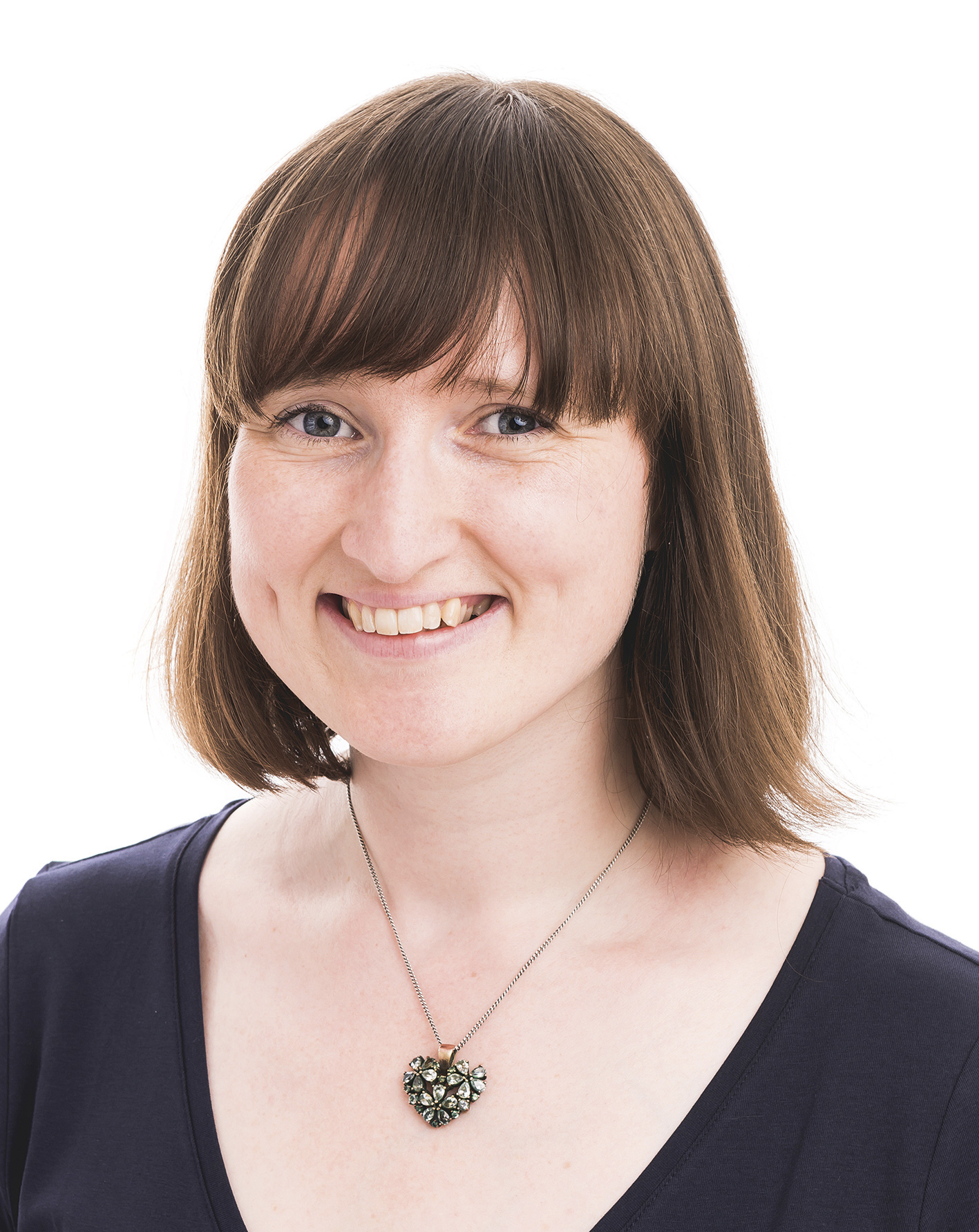Oliver Condy, Editor
Sousa: Looking Upward
John Philip Sousa’s not one of those composers one associates with the mysteries of the heavens. Much of his music is scored for military band which makes it positively earth-bound. Looking Upward is written for wind band and dates from 1902. It’s a pretty cheerful, superficial work, but that shouldn’t put you off.
The opening movement, ‘By the light of the Polar Star’ was inspired by a view Sousa had while travelling by train through South Dakota, while ‘Beneath the Southern Cross’ was prompted by an advertisement for the cruise ship Southern Cross. Finally, ‘Mars and Venus’ are portrayed as a cowboy and love interest, respectively.
- Nine of the best classical works inspired by the sun
- Six of the best internet-inspired music projects
Jeremy Pound, Deputy editor
Vaughan Williams: Serenade to Music
No piece of music captures the sheer wonder of looking up at the stars more atmospherically than Vaughan Willams’s Serenade to Music. Composed in 1938, it sets an adapted version of the discussion of the ‘Music of the Spheres’ between Lorenzo and Jessica in Shakespeare’s The Merchant of Venice – ‘Look how the floor of heaven, Is thick inlaid with patines of bright gold,’ says Lorenzo.
Vaughan Willams’s music swirls intoxicatingly over the course of the work’s 15-or-so minutes, the magic only briefly broken by a restrained brass fanfare and brief climax midway through before we head back to nocturnal reflection. Whether you opt for the original score for 16 voices and orchestra or the composer’s later orchestra-only version, it’s a work of extraordinary, heavenly beauty.
Rebecca Franks, Managing editor
Haydn: Il mondo della luna (The World on the Moon)
Haydn embarked on his lunar voyage in 1777. His enjoyable Il mondo della luna sets a popular libretto by Carlo Goldoni, in which the amateur astronomer Ecclitico tricks Buonafede into allowing him to marry his daughter Clarice.
How? The comic plot involves a telescope, a supposedly magic potion, dreams of space flight, and a whole act set in a garden – which everyone pretends is actually the moon. Ridiculous? Of course – that’s all part of the fun. The scheme works, and the opera ends with love, marriage and general rejoicing.
Michael Beek, Reviews editor
Philip Glass: The Voyage
Despite being commissioned by New York’s Metropolitan Opera to commemorate the 500th anniversary of America’s discovery by Christopher Columbus, Glass set his sights rather wider. The Voyage does feature the 1492 explorer in Act 2 (and Epilogue), but this is bookended by a science fiction fantasy tale of visitors from across the stars who stake their claim on Earth during the Ice Age, and a third act concerning future inhabitants who discover where their alien forebears came from.
Essentially a comment, and celebration, of exploration and discovery, Glass’s work – with a libretto by David Henry Wang – features a wheelchair-bound scientist who travels across the universe without ever leaving his chair. Cosmic.
Freya Parr, Editorial assistant
Terry Riley: Sun Rings
Commissioned by NASA for the Kronos Quartet and featuring pre-recorded sounds from the plasma around planets, Terry Riley’s Sun Rings is about as close an experience to being in space as it is possible to be. The ten-movement ‘spacescape’, as Riley refers to it, is a multimedia work for quartet and chorus, opening with recorded audio of the static heard from radio emissions in space. These are all triggered by members of the quartet’s hand movements over sensors.
The work is accompanied by footage recorded in space behind the quartet. After exploring these whistling birdlike audio effects, the quartet launches into a stunning yet sombre exploration of Asian tonalities and melodies we’ve come to know of Terry Riley. There’s a feeling throughout of being aware of the magnitude of the cosmos around us.
Listen to our playlist of space-inspired works here:



